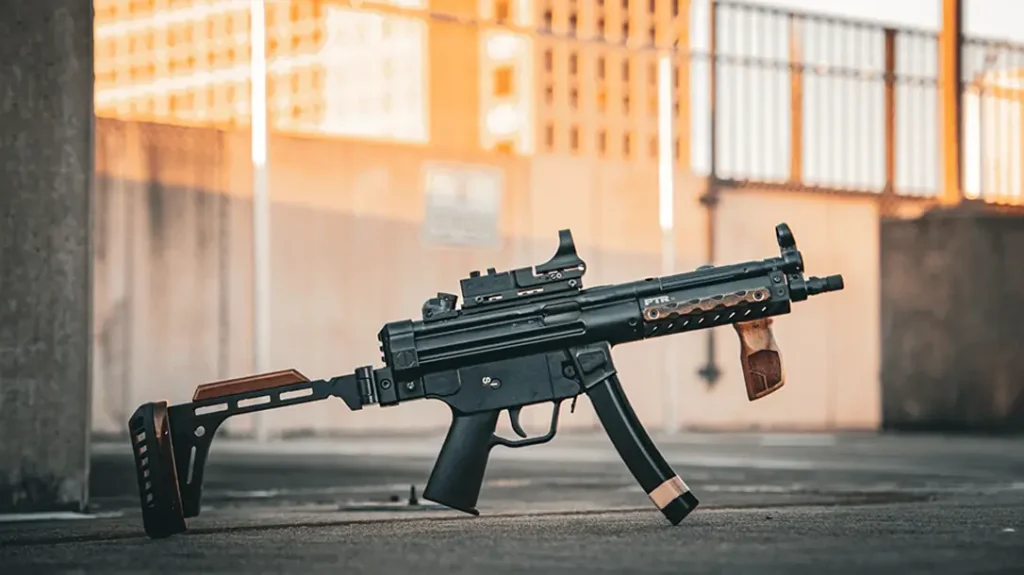Everyone has seen movies where the hero dives behind a couch as it is being perforated with bullets. And even though a couch is only made of cloth, stuffing, wood and a few metal springs, the hero doesn’t get hit. It’s just another example of the lack of understanding of guns in the entertainment industry, particularly the difference between cover and concealment.
Concealment is not interchangeable with cover. However, both have their uses, especially since so few people truly understand the differences. Cover will stop a bullet, or least most bullets. Concealment, however, only hides a person from being seen by an attacker; it is in no way bulletproof. But in many cases, concealment is a very useful tool, but cover is usually better.
Advertisement — Continue Reading Below
Understanding Cover
Cover can be a great many things, from brick walls to book-filled cases and even telephone poles, if you can fit behind it. Depending on the angle, items that aren’t typically cover can become cover. One example is a car. The sheet metal used in cars and trucks today will not stop a bullet. However, the engine contains numerous steel parts that can be considered cover. Also, the chances of a bullet traveling lengthwise through a car and hitting its intended target are slim.
Other items many mistake for cover are doors and walls. This includes exterior doors and walls. Houses made with an exterior of stucco or vinyl siding aren’t very bulletproof. Sure, the walls contain numerous materials, some of which might deflect or even stop a round. But, most walls are pretty flimsy when it comes to high-speed lead. Most doors aren’t much better. Interior doors are usually hollow, and while most use solid wood for exterior doors, it’s still wood covered by paint. Finally, interior walls consist of only sheet rock or paneling, with two by fours, wires, pipes and insulation in between. Think of that when considering what to use as cover.
Tips for Concealment
Considering the requirements, the world contains a great deal more concealment than cover. In fact, cover resides practically everywhere. Bushes, walls and even darkness can be used as concealment. Folks might want to get close to the ground if bullets are flying, but it can be difficult to hit something if one can’t see it.
Advertisement — Continue Reading Below
What’s even more interesting about concealment is that most bad guys, actually people in general, don’t understand its limitations. Most people fire at what they can see popping out from behind concealment, never even realizing that they could fire through it and end the fight. Additionally, if concealment is large enough, it can be used to relocate for a better angle or make a tactical retreat.
Using Cover and Concealment
Those who understand the differences can use cover and concealment to their advantage. However, one needs to understand the differences, what each looks like and for what each can be used. It’s also a good idea to look at potential concealment and cover inside the home, as well as constantly know where the closest of each is located when out.
Advertisement — Continue Reading Below
Then, folks need to realize what can be done if their attacker is using either. If the person you’re trying to stop is hiding behind cover, save your bullets until they emerge to attack. However, if the attacker makes the mistake of using concealment as cover, put a couple of rounds through it and end the fight.
Finally, regardless of what you’re behind, never stand or crouch up against it. Defenders should be 2 to 3 feet away from the concealment or cover. This allows shooters to peek around for a shot without having to fully expose the body. In fact, it’s best to simply lean out, fire and pull back. This also helps prevents ricochets that bounce close to the cover from becoming hits. Whether you’re using concealment or cover, you need to always use it to your advantage. Who knows how it could save your life in a self-defense situation.
























